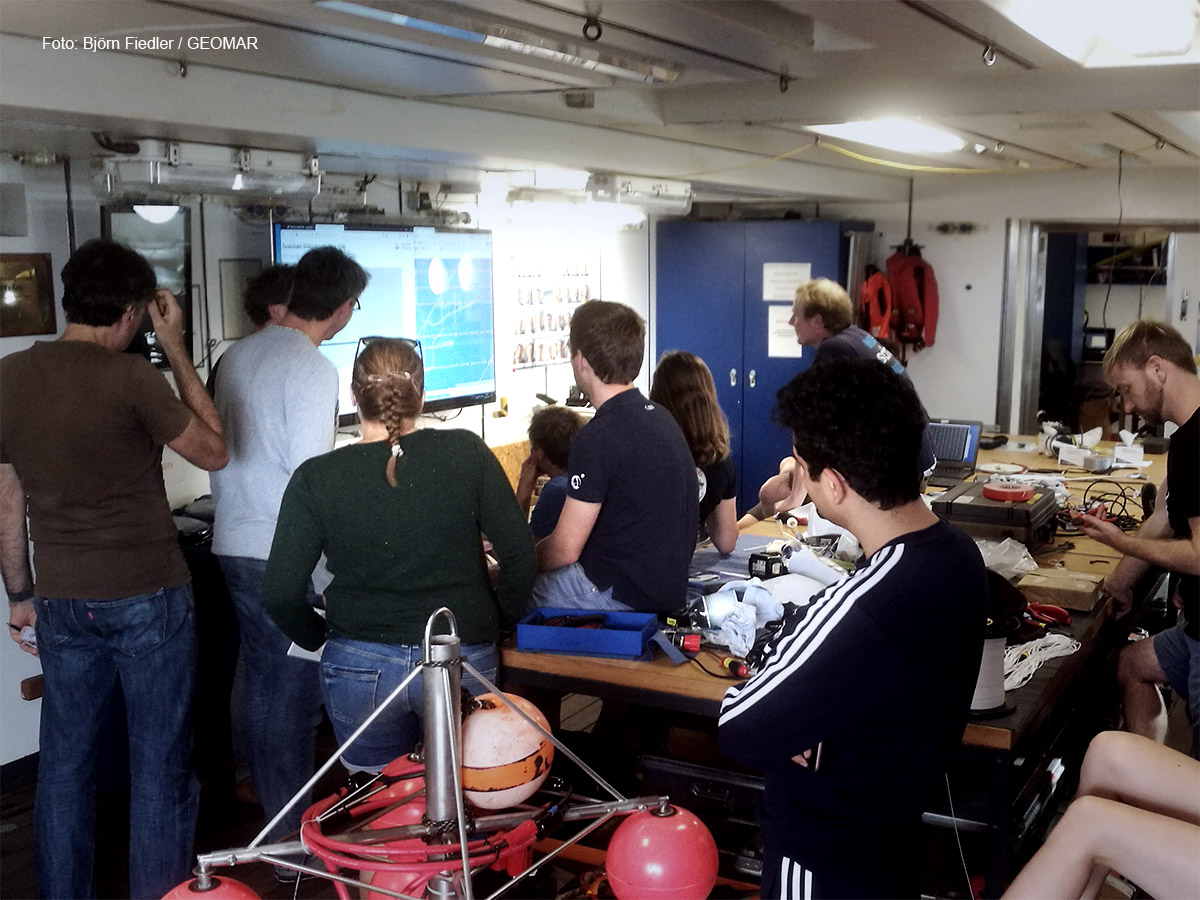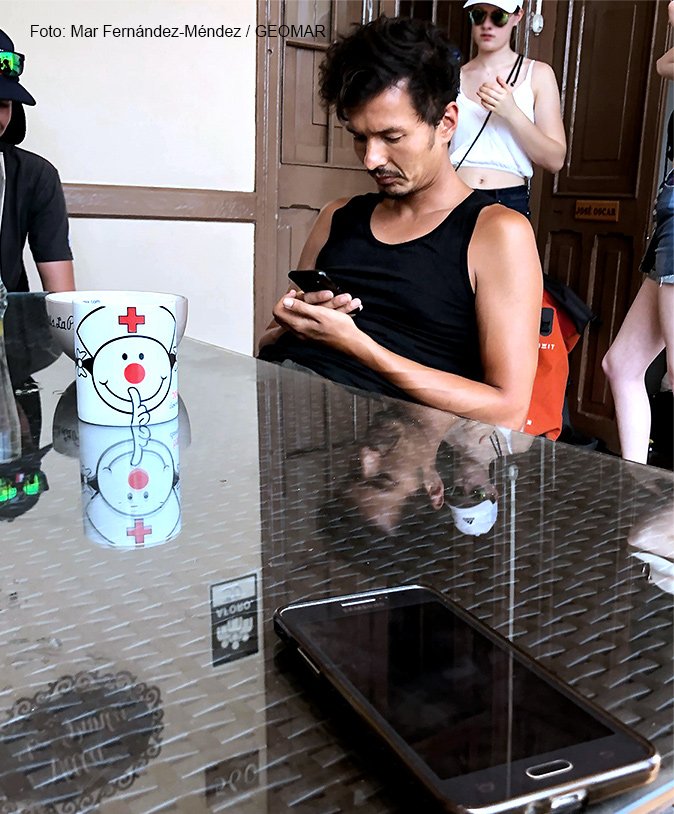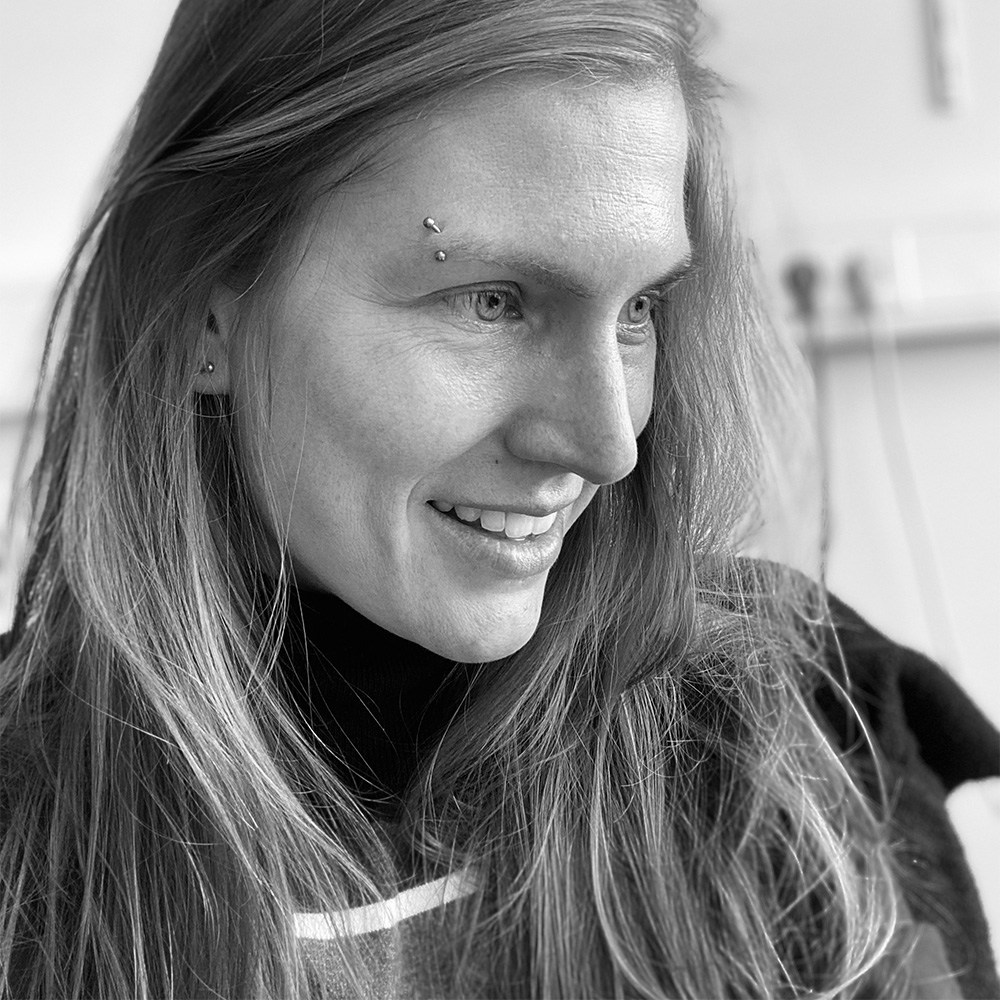It is a peculiarity of science communication to always walk a fine line. SciComm, as it likes to be called, is supposed to communicate authentically and in an accessible way what is “going on” in research. But it must remain precise. The greatest fear in the science sector – the sword of Damocles dangling over people’s heads – is being misrepresented and losing scientific credibility.
And at the same time, SciComm is indispensable. Research is no longer the exclusive preserve of universities. Non-university institutions, research institutes, academic centers, communities, even ministries, are staffed by scientists. It is part of this contemporary research world to communicate what level of timeliness and progress it is at and what makes it tick. The clichéd scientists who hide in the lab and behind the desk or speak only in formulas and technical terms certainly still exist among them, but as some of many.

Nowadays, research takes place in many places, with scientists working in a wide variety of institutions and functions. Here, for example, on a research ship. This diversity means that science is becoming more accessible and of interest to a wider audience.
This is primarily a strength: the more diverse science appears, the more normal and closer we experience science, the more likely it is that the ivory tower of research will be opened up to everyone. Initial studies already show that researchers are experienced as more trustworthy the more personal, authentic and catchy they communicate. But here again the tightrope walk comes into play. Communicate personally, but do not reveal too much of what is personal. Communicate catchily and bring people along who have no direct connection to the research field, but still remain correct when it comes to the content. Otherwise we are back to the sword of Damocles and the fear of miscommunication and of being misunderstood.
Now here’s the good news: this can be countered – with understandable language, clear messaging and precision. If the science behind the communication is good, if the work has been done cleanly and the methodology is right, the most important thing is to describe and show the content in a catchy way and in everyday words. It’s easier to read something wrong into a complicated graph than into a clear info-picture.
It does really take time to create content, though. A point that should be considered much more in the given time units for scientific work. That it is worth investing said time is shown by the example of a colleague who, in addition to her good science, was selected to lead a junior research group because of her visibility and diversity in her portfolio.
The benefits of SciComm are high. Publications by scientists are more visible and better disseminated. People in research themselves become more approachable, reach a broad audience with their field of expertise, and actively participate in shaping the social discourse. And – almost most importantly in my view – above all, non-scientists gain access to more up-to-date and diverse information.

Classic and modern communication channels are now used by many scientists. This is beneficial both within and outside the scientific world. Although this is always time-consuming, the cost-benefit factor is good.

Autorin: Ann Kristin Montano
Former scientist who worked long enough in other fields to build up stereotypes about scientists. Now likes to work among scientists to break down the stereotypes. Likes to be “media-free” and as analog as possible in her free time. Has been wondering for a while whether a little more visibility would be beneficial for her as well.